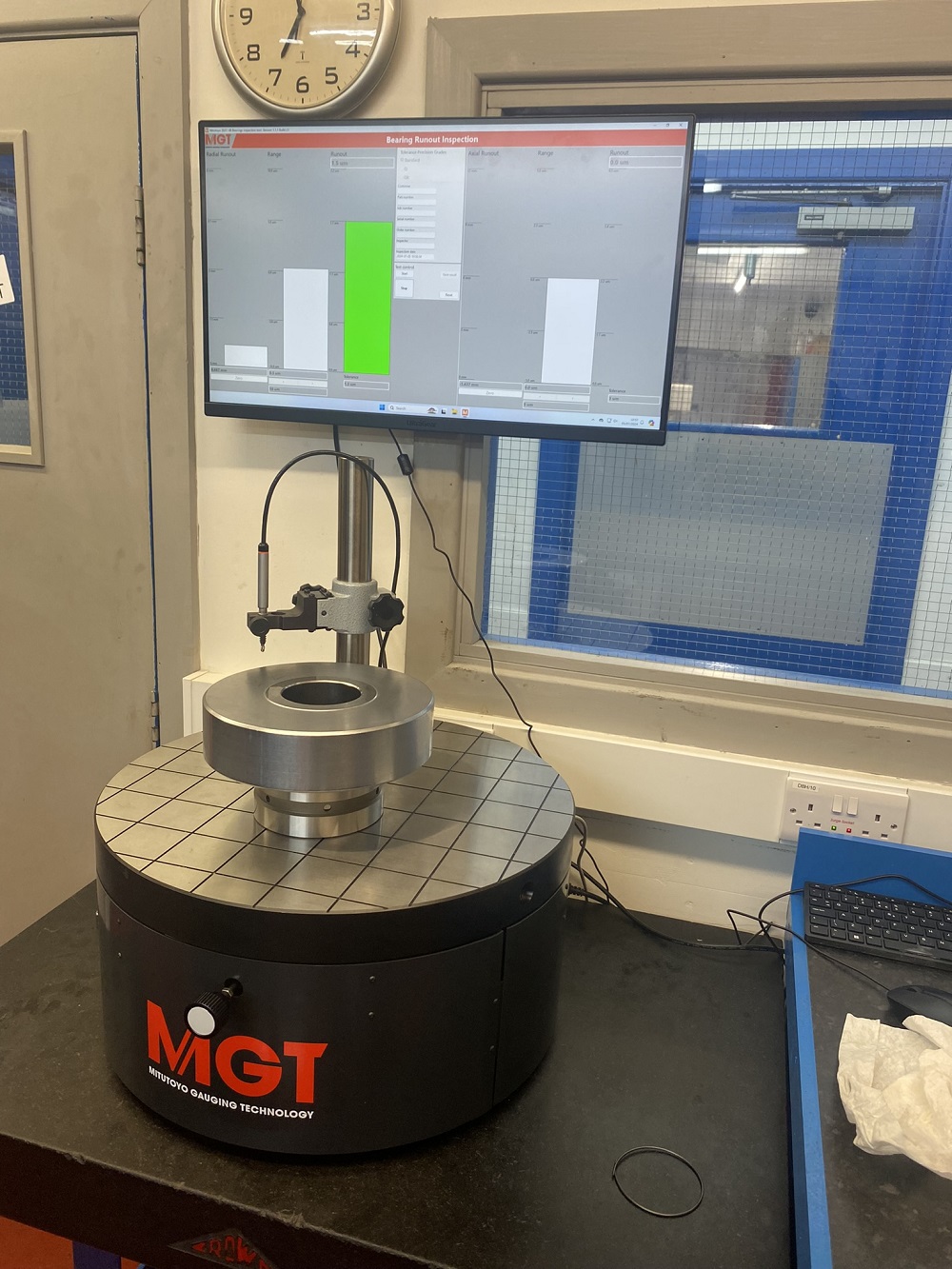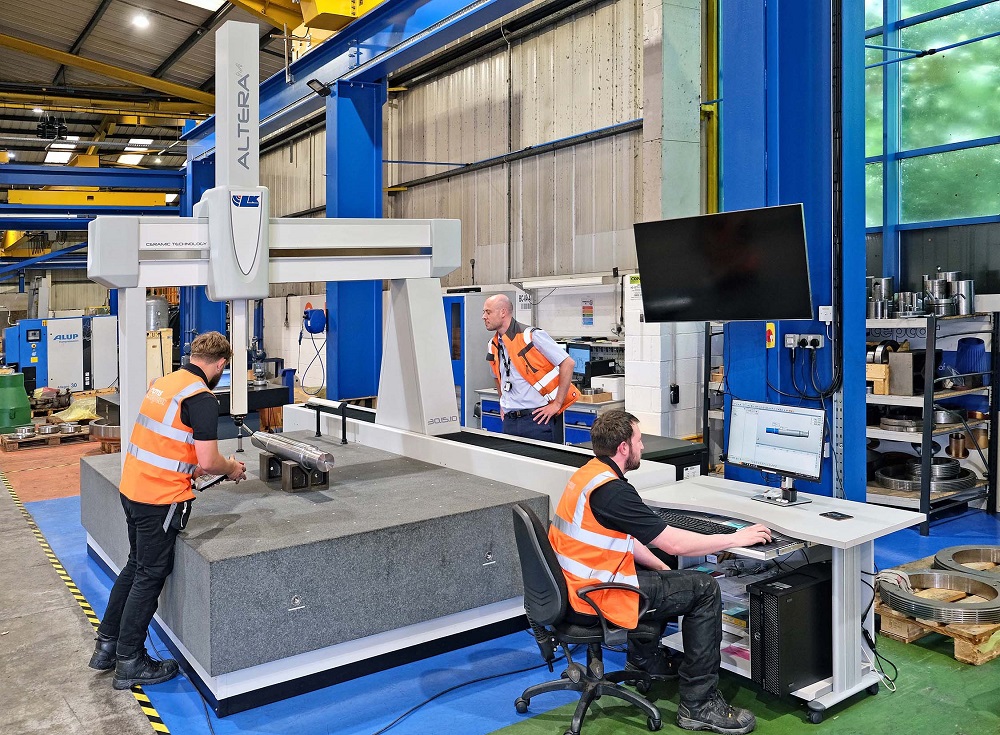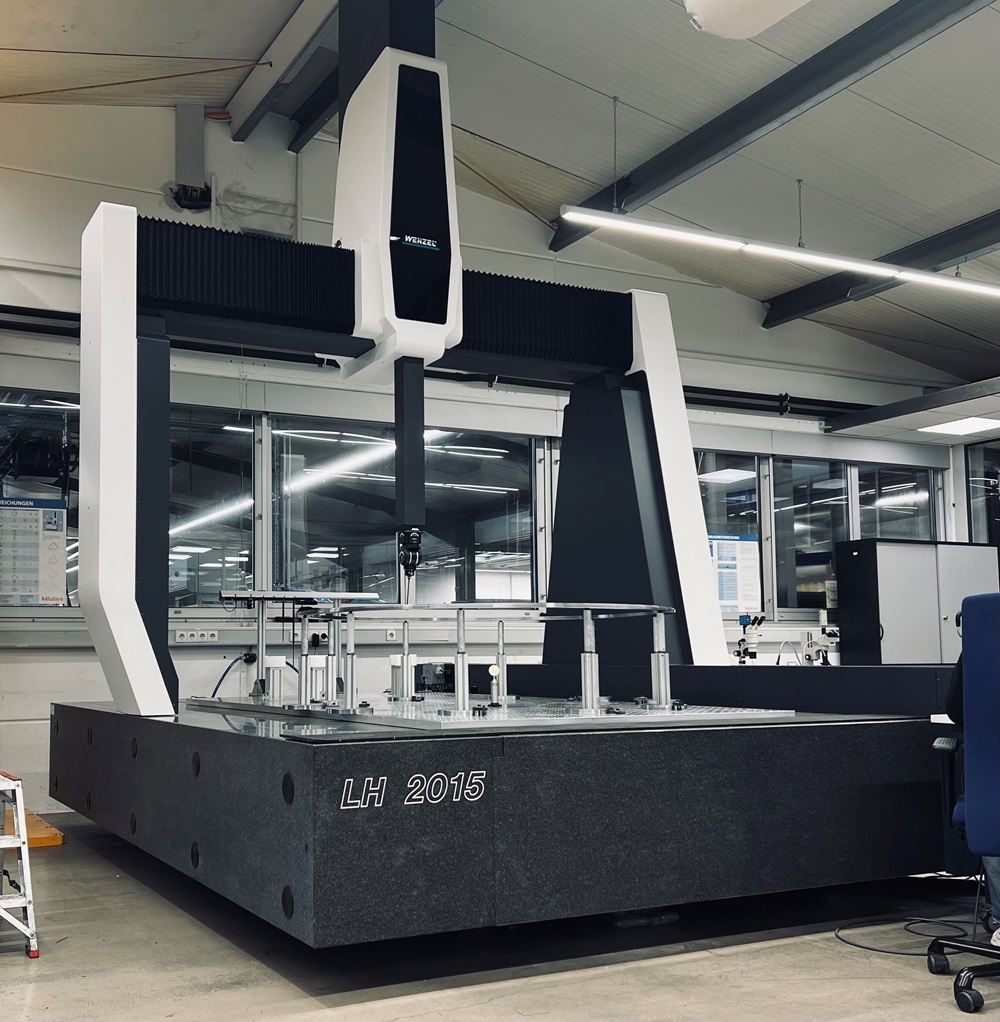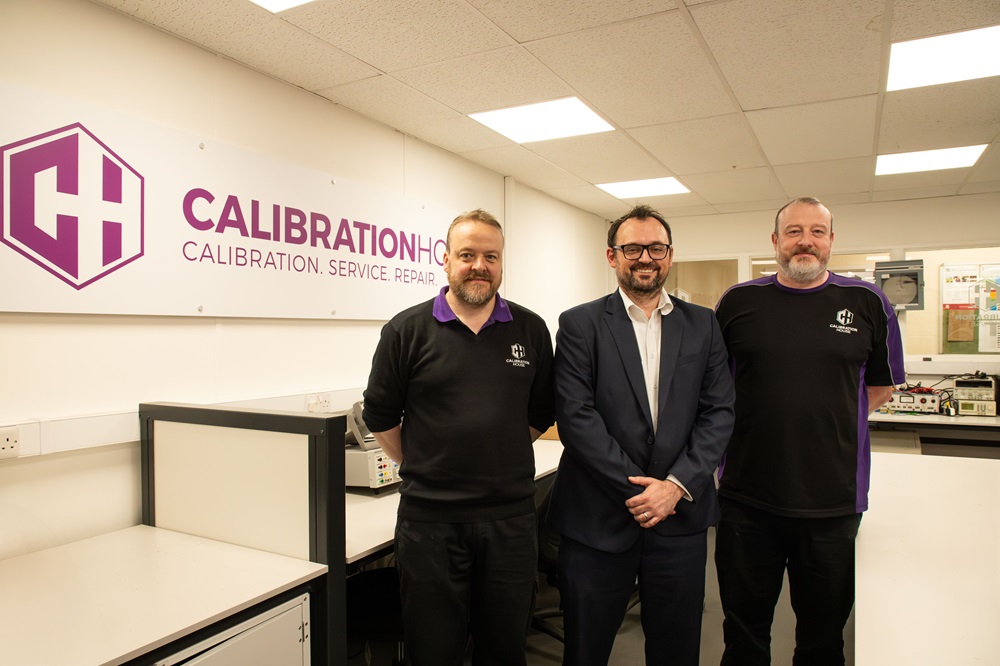Based in Huddersfield, HB Bearings specialises in the manufacture of metric and imperial bearings that are difficult to source. Bearing types manufactured include radial, deep groove ball, cylindrical roller, angular contact, duplexand others.In accordance with the company’s policy of regularly updating its facilities, HB Bearings took the recent decision to replace its existing bearing run-out test rig.
Darren Mawhinney, technical director at HB Bearings, says: “Having previously established an excellent relationship with staff at close-by Mitutoyo in Elland, I contacted them with my ideas for our proposed new bearing run-out test rig. They quickly understood our requirements, then, through close liaison and co-operation, a design soon evolved into the required system.”
He continues: “Now up and running, we’re delighted with the system’s speed, ease of use and accuracy. Simplicity is critical in the test application and we can operate the new rig with just one click. Compared with our previous rig, a major improvement is the inclusion of a coarse scale, enabling the fast and easy alignment of components. In addition to inspecting our HB bearing range, the new system is able to perform accurate quality control checks on our Gamet Bearings brand, super-precision bearings with a radial runout specification of 0.5 µm.
“Even though our previous jig was fit for purpose, our new bespoke Mitutoyo system has further improved confidence in the premium quality of our bearings.”
Simon Elliot, general manager at Mitutoyo Gauging Technology, adds: “We were delighted to work closely with the staff of HB Bearings to enable the delivery of a system that exactly matched the company’s requirements, at a cost effective price.”
More information www.mitutoyo.co.uk



















